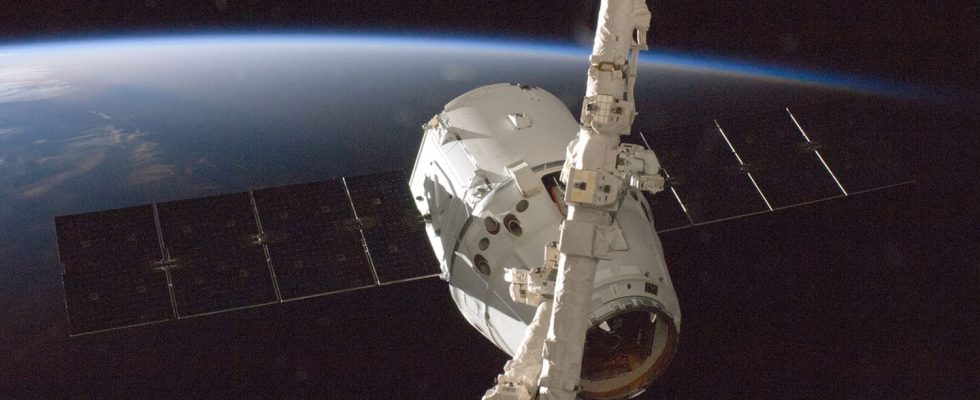Starlink is preparing to deploy its satellite telephony offer worldwide from 2024. A formula that will allow you to make calls and connect to the Internet via space, without a relay antenna!
Despite all the efforts of operators, the deployment of fiber on French territory takes time and, unfortunately, it will be impossible to cover the entire metropolis. Indeed, in so-called white areas, the weather and geography impose technical challenges and costs that are far too high to be able to install relay antennas. Also, all hopes have turned to the sky, and more precisely to space connectivity – a market estimated at $16 billion by 2030. One of the major players in the sector is Starlink, owned by Elon Musk , which has been offering a satellite Internet offer in France since 2021 for the price of 40 euros per month – to which we must also add the cost of the equipment – and has already captured the hearts of some 10,000 users. The company continues its momentum and has just presented its satellite connection offer intended for smartphones around the world, called “Direct to Cell”. “Starlink satellites, with ‘Direct to Cell’ capabilities, will enable ubiquitous access to texts, calls and the Internet whether you are on land, on a lake or in coastal waters”announces Starlink on its dedicated page. For the moment, the billionaire plans to deploy an SMS service first, then voice and mobile data.
Starlink on smartphone: SMS then calls from space
Unlike the mobile network, which inevitably has white spots or patchy coverage, the satellite network provides generally uniform coverage across the entire planet. In theory, satellite phones can therefore connect from any location. In practice, this depends on the satellite operator’s network coverage. However, this wide coverage is its main advantage, which is why it is frequently used when the mobile network is down due to natural disasters. It is also the preferred solution for communication from remote, inaccessible or poorly served locations, such as in the middle of the ocean, in the heart of a forest, in the desert, or in high mountains, for example.
Starlink has not invented anything, smartphone technology already exists with Apple which, thanks to its partnership with Globalstar, offers satellite communication from the iPhone 14 – this has actually saved lives –, which makes it possible to send an SOS by satellite when the user is in danger and does not have access to mobile data. The same goes for Huawei with its Mate 50 range. But nothing to do with Starlink’s offer, which works with any recent smartphone. “Direct to Cell works with existing LTE phones anywhere you can see the sky. No changes to hardware, firmware or special applications are required, providing seamless access to text, voice and data,” explains Elon Musk’s company. Starlink satellites work like cell phone towers, except they are positioned in space. This is why the technology does not require any special equipment or modification to the smartphone.
From 2024, Direct to Cell will allow you to send SMS messages. Then, from 2025, the service will also include voice calls as well as mobile data. Its price has not yet been announced. To offer this service, Starlink collaborates with operators. A form is available at the bottom of the page, allowing operators to contact Starlink “to expand their network”. No news, however, for the moment from French operators.

